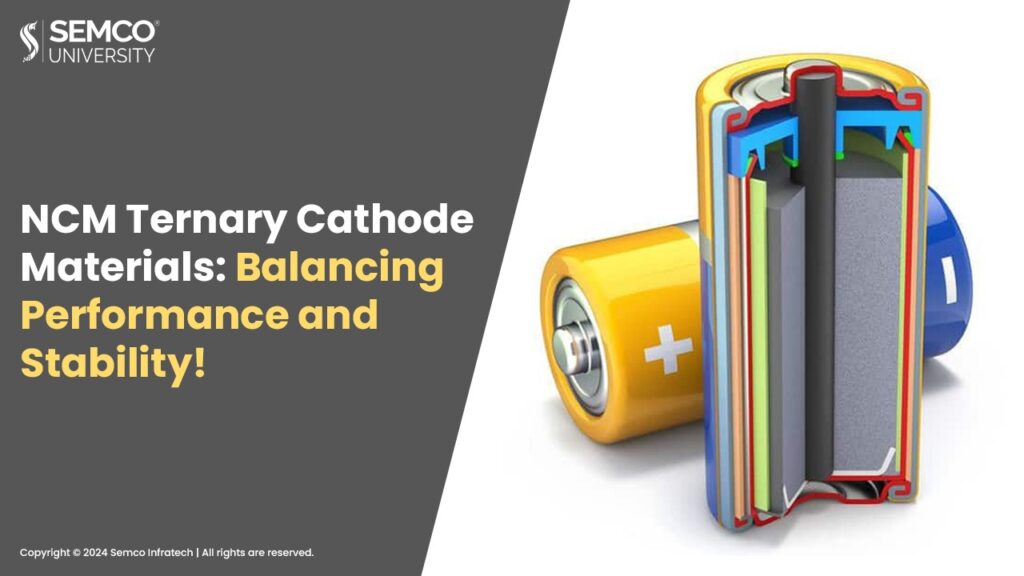NCM (Nickel-Cobalt-Manganese) ternary cathode materials are a key component of lithium-ion batteries, widely used for their high energy density. The content of nickel (Ni) plays a crucial role. As the Ni content increases, the battery’s storage capacity goes up, but its stability decreases.
Manganese (Mn) doesn’t participate in the electrochemical reaction directly but enhances structural stability and safety. However, too much Mn disrupts the layered structure. Cobalt (Co) stabilizes the structure and reduces resistance, but excessive Co reduces capacity. Therefore, finding the right balance of Ni, Co, and Mn is critical for optimal battery performance.
NCM materials come in various structures. NCM111 and NCM424 are examples where nickel and manganese are present in equal amounts (nickel-manganese equal type). Nickel-rich types include NCM523, NCM622, NCM811, and Ni90 (represented by numbers indicating the proportions of Ni, Co, and Mn). While NCM811 and Ni90 offer the high energy density desired for modern batteries, they also have drawbacks and safety concerns.
Here are some key challenges faced by high-nickel NCM materials:
- Residual Lithium Compounds (RLCs): These form during synthesis due to excess lithium salt and the high reactivity of Ni3+ ions. RLCs hinder lithium ion movement and promote unwanted side reactions, affecting battery performance.
- Cation Mixing: Li+ ions and transition metal ions (like Ni2+) have similar sizes, leading to them occupying each other’s positions in the layered structure. This mixing increases with higher nickel content, operating temperature, and voltage, reducing lithium mobility and battery performance.
- Side Reactions and Surface Reorganization: Nickel-rich NCMs are prone to reactions with air and electrolyte components, generating lithium compounds (like Li2CO3) that can cause gas release and potential combustion. Surface reorganization due to phase changes and oxygen vacancy formation also hinders lithium ion movement and reduces conductivity.
- Mechanical Integrity: Cracks can develop in the cathode particles due to various factors like phase transformations, cation mixing, and lithium movement during charging and discharging. These cracks can lead to mechanical failure.
- Thermal Stability: High temperatures can reduce Ni4+ to Ni2+, which combines with oxygen to form Ni-O bonds. This creates oxygen vacancies and accelerates metal ion movement, causing structural instability.
Researchers are actively working on addressing these challenges to improve the performance and safety of NCM ternary cathode materials. This will ensure they continue to be a viable option for next-generation high-energy-density lithium-ion batteries.
_____________________________________________________________________
About Semco – Semco University is an educational website that is catering to the needs of students and researchers. Offering information on Lithium-ion batteries. The resources and content are compiled from various sources including manufacturers, test labs, crowdsourcing, etc. Our motto is to provide a viable resource for companies, students, and enthusiasts interested in participating in the Li-ion Battery industry. Our initiative is to make people aware of the benefits, and opportunities of the revolutionary Lithium Batteries for multiple applications.
For More Updates Follow Us
WhatsApp – Facebook – Instagram – Twitter – LinkedIn – YouTube

